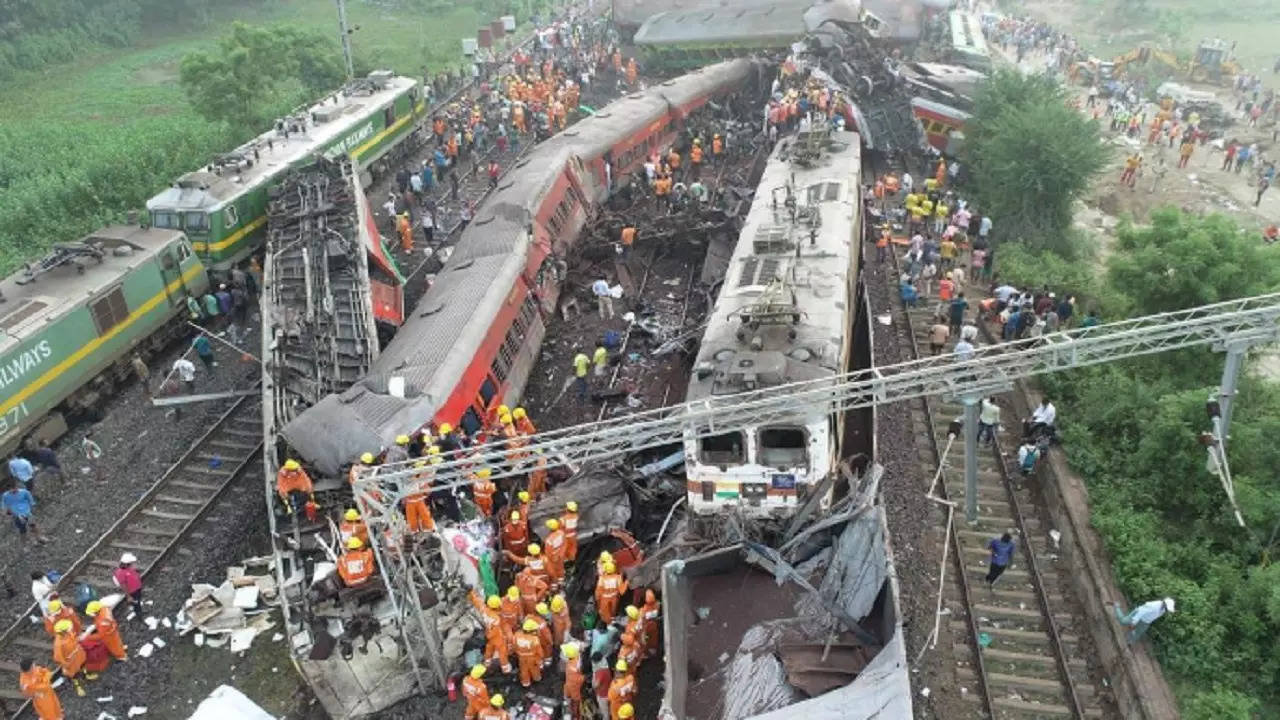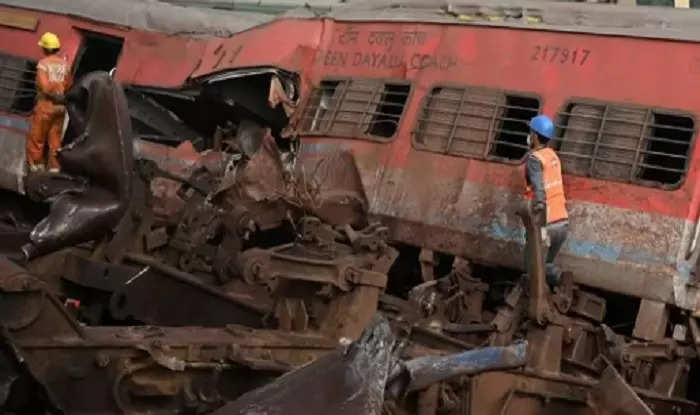What is KAVACH And How It Could Have Averted Odisha Coromandel Train Accident? EXPLAINED

Updated Jun 5, 2023 | 11:56 AM IST

Odisha Train Accident

WHAT IS KAVACH?
As the gate approaches, Kavach automatically initiates whistling without any intervention from the driver.
— Ashwini Vaishnaw (@AshwiniVaishnaw) March 4, 2022
Auto whistle test is done successfully. 👏👏#BharatKaKavach pic.twitter.com/02WrSJ1MYl
FEATURES OF KAVACH

- Automatic braking: The system automatically applies the brakes if the locomotive approaches a signal at danger or exceeds the permitted speed.
- In-cab signalling: The system displays the current signal indication in the locomotive cab, which helps the driver to avoid SPADs.
- Speed restriction: The system can be configured to restrict the speed of the train to a specified value. This can be used to prevent overspeeding in areas where there is a risk of collisions.
- Train integrity monitoring: The system can monitor the integrity of the train, such as the presence of all the coaches and the condition of the brakes. This can help to prevent derailments and other accidents.
HOW DOES KAVACH WORK?
BHARAT KA KAVACH: COULD IT HAVE AVERTED ODISHA TRAIN ACCIDENT?
Shocking facts about Modi Govt criminally ignoring railway anti-collision technology:
— Saket Gokhale (@SaketGokhale) June 3, 2023
👉 In 2011-12, Indian Railways under then Railways Minister @MamataOfficial developed the "Train Collision Avoidance System (TCAS)" system
👉 Modi Govt, after coming to power, typically…

02:08
What Are Key Differentiating Points In Poonawalla Fin Corp ? | Explains MD Abhay Bhutada

03:23
Breaking News | BJP MP Accuses Leaders Of 'Adjustment' With Congress In Karnataka, Sparks Infighting

03:38
Manipur Violence Erupts Again As Kukis, Meiteis Refuse Peace Talks| 9 Killed In Flare-Up

03:03
How MD of Poonawalla Fincorp Abhay Bhutada Started His Career ? | Business News

03:56
TMC Workers Clash In West Bengal Ahead Of Upcoming Panchayat Polls | Election News













